Every plastic injection molded object begins as a simple plastic pellet. A tiny homogeneous plastic cylinder or ball that will be melted, pressed into a mold, and hardened.
Hundreds of these little plastic units will be used to make a variety of plastic parts, including huge plastic items such as vehicle bumpers and wheelie bins, as well as smaller pieces.
However, if plastic injection molders do not take precautions to prevent these small pellets, they can create major issues. Ignoring some of these issues can have a major impact on the conclusion of a cycle, resulting in flaws or other anomalies in the final output.
Let’s go through all of the details concerning these pellets.
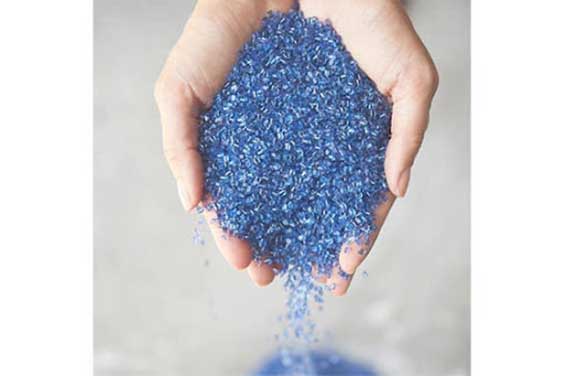
Plastic injection molding, like many things, yields what you feed into it. To get an item that fits your requirements, you must first input the correct type of polymer into the machine.
Before you get on the manufacturing floor, you must address a few things regarding your ultimate product. You must know what sort of plastic you will have to use, what quality of raw material you will require, how the material will operate, and what fillers or additions you will employ.
A wide range of thermoplastics may be used in plastic injection molding. Here are a handful of the most popular materials used in plastic injection molding:
Resin pellets are commonly spherical or disc-shaped. The following are some types of resin pellets that are often available in bespoke injection molding factories:
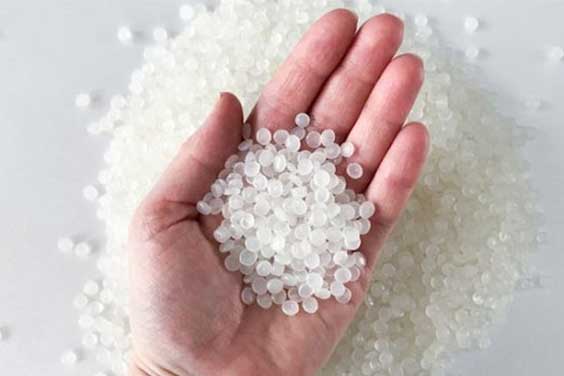
These materials all have various properties that make them more or less appropriate for a certain standard. Amongst the most essential polymer properties for injection molding would be how the material tends to flow when melted. You need to look specifically at the flowability of the melted polymer and, preferably, visualize how conveniently it will flow into a cavity mold.
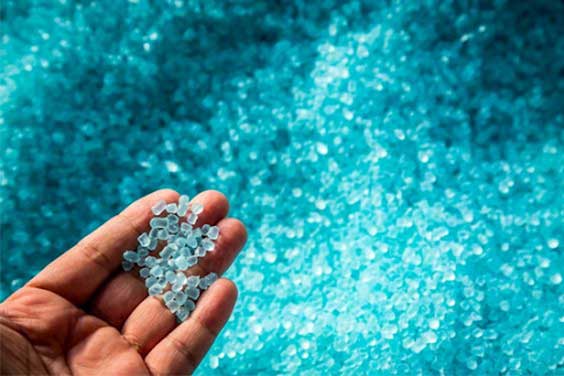
Thermoplastics are classified according to their family and kind. Consumer product resins, structural resins, and specialized or increased-performance resins are the three primary groups or families. High-performance resins are likewise more expensive. As a result, commodity plastic resins are often utilized in a wide range of common applications.
Consumer product resins are simple to work with and inexpensive. They are frequently seen in conventional mass-produced products such as packaging. Technical resins are more costly, but they provide greater strength, chemical stability, and protection from environmental exposure.
Let’s take a look at each stage in the process of getting to the finished resin pellets.
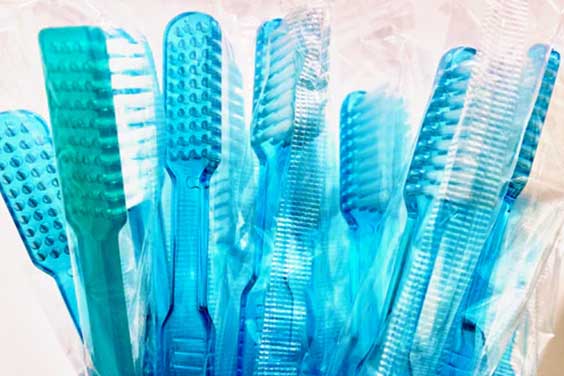
While conducting the injection molding process, resin pellets are melted and then put in a mixing chamber. The melted liquid is then placed in a cooled mold under elevated pressure for the continued development of the ultimate product.
As an injection-molded plastic option, polystyrene plastic products have several advantages. It’s a low-cost, flexible material that enterprises all around the world may utilize for a number of purposes. These assist experienced injection molders in producing high-quality goods at the most competitive costs, allowing you to build polystyrene parts to your exact requirements.
Polystyrene is frequently used in low-cost packaging goods due to its numerous advantages, which include:
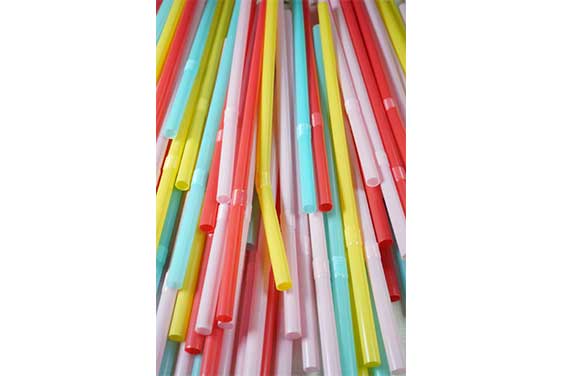
Polystyrene, a type of plastic often utilized in the molding of packing and industrial parts, is one of the most popular polymers used in thermoplastic injection molding . Polystyrene, which is commonly found in the form of foam or plastic, is a non-toxic and odorless substance that is widely utilized in the food packaging and automation industries.
Its strength and clarity make it suitable for a wide range of applications, including;
One of the most crucial elements in making excellent plastic parts is selecting the correct material for a project. Polymer science advancements have contributed to the creation of a diverse range of resins to choose from. It is critical to work with an injection mold manufacturer that is familiar with a wide range of resins and uses.
+86-755-8524 1121
marketing@rydtooling.com
No. 2, HongKan 1st Road, YanChuan Community, YanLuo Street, BaoAn District, ShenZhen City, China. Post Code 518105.
Subscribe to our newsletter to get manufacturing news and updates!
